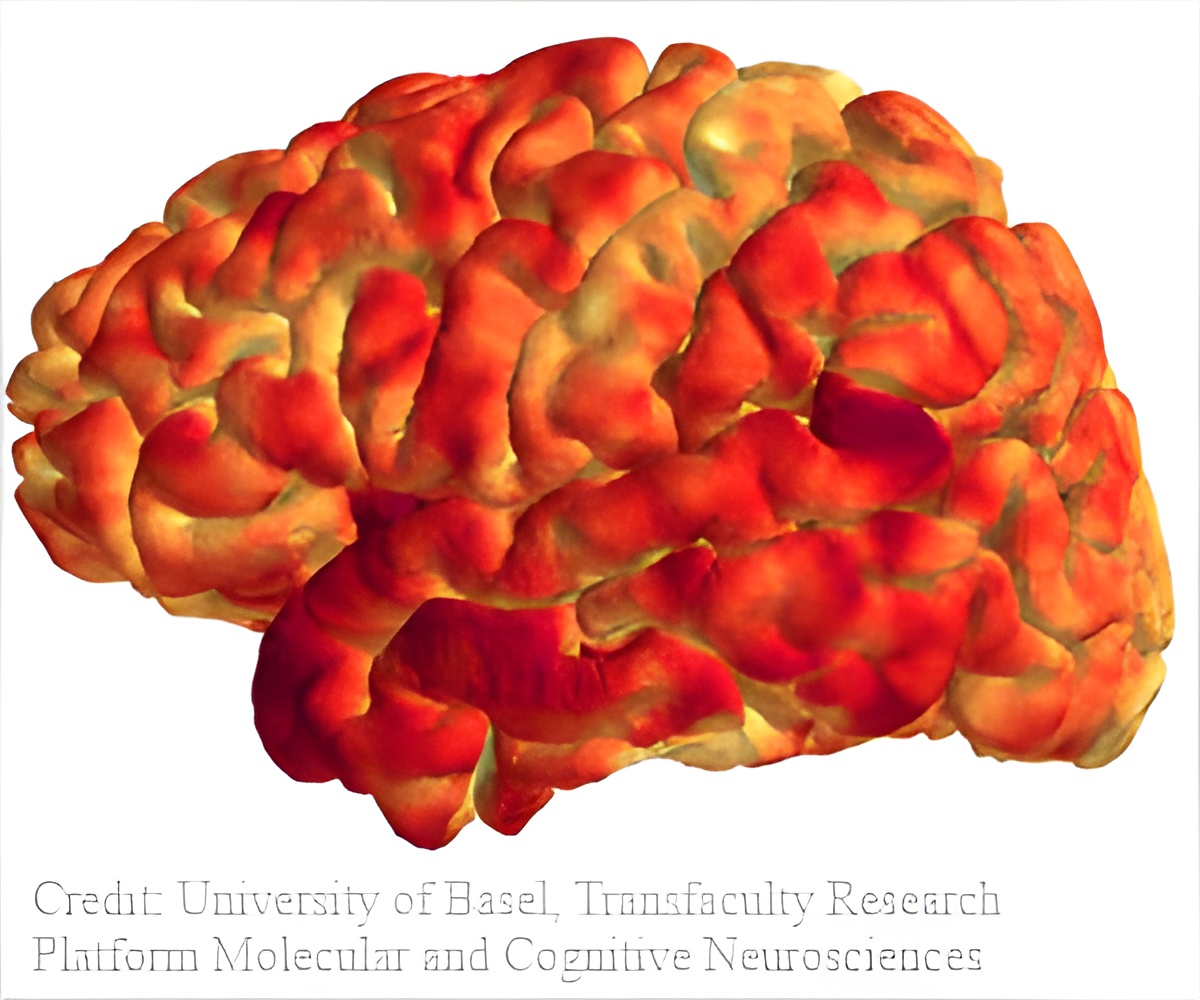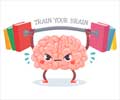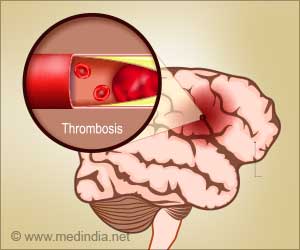
‘‘The possibility of predicting the brain function directly from its shape, opens new avenues for exploring how the brain contributes to individual differences and neurological diseases.#human brain #brain function #human behavior'’
Tweet it Now
For over a century, researchers have thought that the patterns of brain activity that define our experiences, hopes, and dreams are determined by how different brain regions communicate with each other through a complex web of trillions of cellular connections.Brain Shape vs Connectivity: Which Has Impact on Behavior and Diseases
The research team used magnetic resonance imaging (MRI) to study eigenmodes, which are the natural patterns of vibration or excitation in a system, where different parts of the system are all excited at the same frequency.Eigenmodes are normally used to study physical systems in areas such as physics and engineering and have only recently been adapted to study the brain (1✔ ✔Trusted Source
Eigenmodes of brain activity: Neural field theory predictions and comparison with experiment
Go to source). This work focused on developing the best way to efficiently construct the eigenmodes of the brain.
The eigenmodes of the brain are determined by their structural physical, geometric, and anatomical properties, but which specific properties are most important has remained a mystery.
The team compared how well eigenmodes obtained from models of the shape of the brain could account for different patterns of activity when compared to eigenmodes obtained from models of brain connectivity.
They found that eigenmodes defined by brain geometry--its contours and curvature--represented the strongest anatomical constraint on brain function, much like the shape of a drum influences the sounds that it can make (2✔ ✔Trusted Source
Cortical geometry as a determinant of brain activity eigenmodes: Neural field analysis
Go to source).
Advertisement
These findings open opportunities to understanding the effects of diseases like dementia and stroke by considering models of brain shape, which are far easier to deal with than models of the brain's full array of connections.
Advertisement
Geometric constraints on human brain function
Go to source).
This result counters conventional wisdom, in which activity during different tasks is often assumed to occur in focal, isolated areas of elevated activity, and tells us that traditional approaches to brain mapping may only show the tip of the iceberg when it comes to understanding how the brain works.
References:
- Eigenmodes of brain activity: Neural field theory predictions and comparison with experiment - (https://www.sciencedirect.com/science/article/abs/pii/S1053811916300908)
- Cortical geometry as a determinant of brain activity eigenmodes: Neural field analysis - (https://journals.aps.org/pre/abstract/10.1103/PhysRevE.96.032413)
- Geometric constraints on human brain function - (https://www.nature.com/articles/s41586-023-06098-1)













